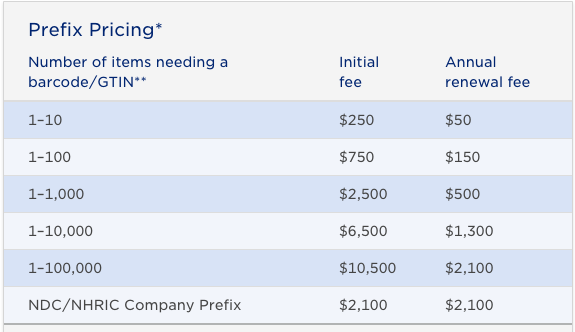
Best Practices for Using BPMN in Automation
There are a lot of ways in which a business process can be made more effective, efficient, and productive for everyone involved. One of the most common ways to do this is by automating certain tasks within a given process. Thanks to automation, there are various tasks that can be planned in advance according to their action plan, all while never losing a single ounce of accuracy. But keeping that accuracy, maintaining the action plan, all of that has to happen somehow; it’s not just a trait belonging to automation on its own.
That’s where BPMN comes in. BPMN, or business process modeling and notation, is a universal language that uses specific diagramming techniques to communicate the steps in a process, among other things. BPMN becomes exceedingly useful when considering that processes must now be planned in order to make sense. Every process can be mapped to this system, and therefore it’s completely universal: however, it has more specific uses than ever when it comes to automation, and so it’s best to keep certain practices in mind.
Use Modeling To Plan New Automations
BPMN is a visual language, and more than anything, it’s used for modeling and planning processes from start to finish. In the same way, though, BPMN can also be used to demonstrate iterations of an existing process. In particular, BPMN should be used to help when planning the new iterations of any automation within your process. Not only is it practical from a testing perspective, but using BPMN forces you to think about how the process is formed, and what elements come into play at any given step. To become intimately familiar with the ins and outs of your process is to know which places are necessary for automation, and which places would not benefit from such change. That’s yet another benefit from regularly using BPMN to plan these new automations — and yet another reason why BPMN must be so detailed and accurate when in use. Whatever other diagrams and demonstrations may be in use, remember that this is one that shows the working parts of a process, and therefore has a lot of insight that must be considered.
Have A Practical Use For Each Part Of The Model
Because BPMN is crucial to building a process in one’s mind or elsewhere, it’s also crucial that BPMN be used to the most efficient extent possible. If your BPMN diagram reflects parts of the process that don’t have a significant purpose, these parts of the model should not be in use. Only those elements within the process that have a practical use should remain because process mapping later becomes a blueprint to implementing different levels of automation. If you are met with components of a process that prove less valuable or practical, and those have been automated, then resources have been wasted and the overall process is damaged. Additionally, the output of the process does not provide optimal quality in this case, thanks to the wasted resources. Only by ensuring the usefulness of each model component can one be sure that automating will not go to waste in the implementation stage.

Use BPMN To Ensure Consistency In Processes
There is not always a certainty in processes when it comes to outcomes or even general performance metrics. There are always factors that get in the way of a proper measurement, but by modeling a process in BPMN, you are encouraged and capable of accounting for all those factors in performance, even ahead of time as might be necessary. This level of detail can aid in making sure your automated processes come to a level of consistency that is worthwhile, and that can even prove valuable to your clients. Using the BPMN diagram as a bar, a standard by which the performance of your processes are measured will help make sure that you’re reaching performance goals consistently, as the ambiguity of performance benchmarking is no longer an issue.
Build Interdepartmental Connections
Thanks to the way that BPMN works, there are multiple points of view that can be resolved with the information provided in a process model. Whether starting at the process-wide level or starting with a specific set of steps relevant to a certain department, there’s merit in having BPMN become available to the entire team as you start automating your technical processes. Whatever portions or entire processes need to be visible are made visible with a simple click of a button, and the accuracy is never diminished for even the smallest snippets of the existing model — making BPMN an invaluable tool for interdepartmental connections that need to see parts of the bigger picture in more detail.
Standardize The Automation Approach With BPMN
There’s nothing better than knowing that your prescribed approach to an issue is going to be handled with exactly the right amount of whatever the solution is. In many cases, the solution is automation, to an extent, and the best way to apply automation within a process is through a standardized approach — one where all components and all changes are communicated universally to all stakeholders in a visible, understandable way. That’s what BPMN automation accomplishes, and no matter who’s recommending changes or bringing about those changes, the execution and planning are made to exact specifications thanks to the level of standardization available with process mapping. Anything else you might have to do to your process must always be documented consistently, and for that, BPMN is exactly the tool you need.






